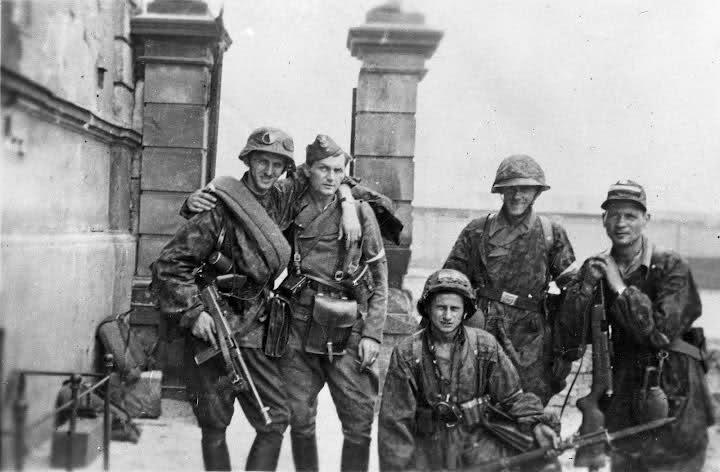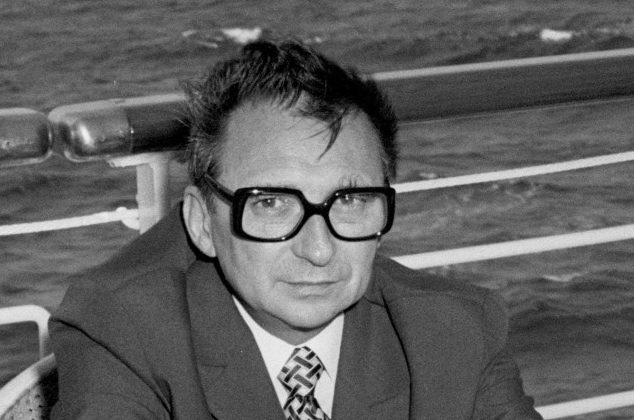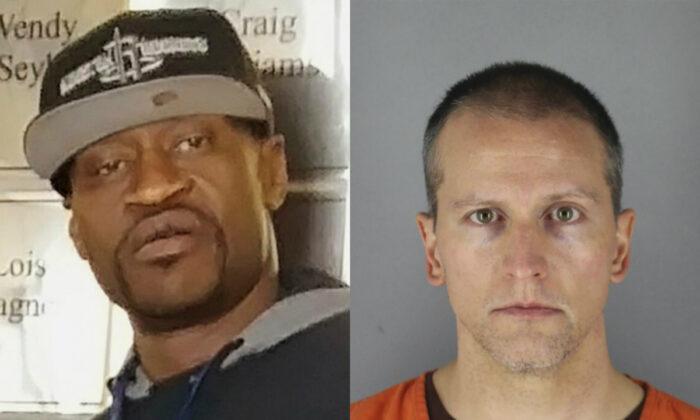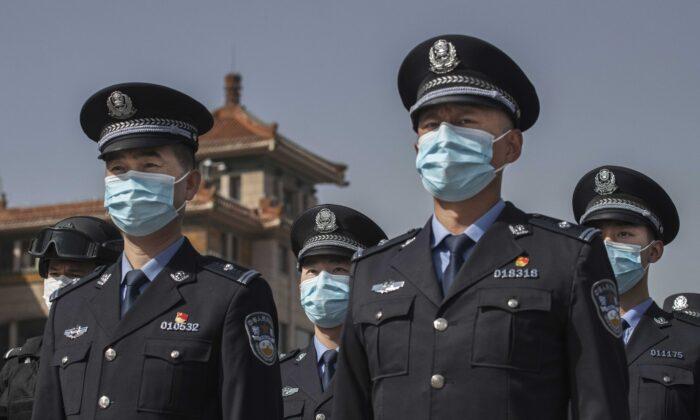During a recent trip to Poland, I learned a lot about history and even more about disinformation.
I was in Warsaw and spent the better part of a day at the Warsaw Uprising Museum, at a time when the uprising had just recognized its 75th anniversary. I had heard a little bit about it, but I had completely underestimated its magnitude and the associated slaughter and destruction. There’s a reason for that.
The Nazi occupation of Warsaw began with aerial bombardments initiated by the Luftwaffe on Sept. 1, 1939; land fighting started a week later. While the initial attack was repelled, the Nazis soon placed Warsaw under a siege that claimed about 18,000 lives. On Sept. 28, the Polish garrison capitulated. The following day, about 140,000 Polish troops were taken as prisoners of war.
On Oct. 1, the German army entered Warsaw, starting the occupation.
The Nazis were brutal. They saw the Poles as their racial inferiors, although they saw Poland as a fine area for future expansion. They rounded up intellectuals and political elites, and many were executed. Jews were put into a ghetto. Polish cultural and educational institutions were closed. An estimated 50,000 Polish children were kidnapped by the Nazis, only to be resettled with German elites or killed (some estimates place the number as high as 200,000).
Karol Wojtyla, who would become Pope John Paul II, explained that life in Poland at the time was a period “of fear, violence, extreme poverty, death, and tragic experiences of painful separation, endured in the absence of all security and freedom; recurring traumas brought about by the incessant bloodshed.”
The Nazis, of course, retaliated against the Poles. One display in the Uprising Museum shows a list of more than 250 Poles who were to be executed due to a resistance attack that took the life of two German soldiers. Number 220 on the list was Zdzislaw Rychlik; I couldn’t help but wonder whether I was related to him.
As the war went on, the German military eventually weakened. By mid-1944, the Poles of Warsaw sensed an opportunity to oust the Germans and claim their freedom. Information (or disinformation) from Soviet sources encouraged them to mount an uprising.
The Red Army was approaching Warsaw in the summer of 1944, which led to mixed emotions. The Soviets could help with the ouster of the Germans, and that was important. At the same time, the Home Army knew that the Soviets had already assumed direct control of eastern Poland. There was certainly a risk that they would occupy Warsaw as well.
Hoping to gain control of Warsaw before the Red Army could “liberate” it, but also believing that the Soviets would provide support, the Home Army staged a revolt. On Aug. 1, 1944, after nearly five years of brutal occupation, a corps of 50,000 Poles rose up against the occupying German forces. Within three days, the Home Army had won back significant portions of the city.

The Poles had anticipated that the fighting would just last for those three days. They didn’t anticipate that Hitler would send reinforcements to hold a city that the Germans were on the verge of exiting, but that’s exactly what he did. Those reinforcements, supported by heavy bombardment from air and artillery attacks, drove the Poles back into a defensive position.
The Poles expected that the Red Army, parts of which had already come across the Vistula River to the north and south of Warsaw, would continue to support their cause of expelling the Germans. The Soviets, who had by now joined the Allies in the war against the Axis, suggested as much when they encouraged the rebellion. However, once the uprising began, the Soviet advance halted. Without help, the Poles fought a heated urban battle against German troops for the next 63 days.
Soviet troops were within view of the fighting, but they just set up camp. The Allies requested the Soviets aid the Polish fighters, but they refused to do so, also refusing permission for Allied planes to refuel at nearby Soviet air bases, making relief missions almost impossible. When, toward the very end of the uprising, the Soviets finally did drop some supplies to assist the Poles, they dropped them without parachutes. Weapons and equipment were damaged, if not destroyed.

Enraged by the uprising, Hitler ordered Warsaw to be eliminated. In “Old Town,” residents, including children and the elderly, were dragged from their homes and shot in the streets. Then all buildings were destroyed. Cultural and historical symbols were destroyed. The libraries that housed collections of priceless value to Polish culture, were intentionally demolished. Some 200,000 Poles were killed. Those who remained were deported to concentration camps.
Warsaw had a population of 1.3 million before the war; after the uprising, fewer than 1,000 people remained. When U.S. Gen. Dwight D. Eisenhower reviewed Warsaw, he said, “I have seen many cities destroyed, but nowhere have I been faced with such destruction.” It was almost totally in rubble. The Uprising Museum has a gripping 3-D movie that shows the destruction.
It was the German troops who put down the uprising, but the Soviet Union’s responsibility for Warsaw’s destruction can’t be ignored. They let the Home Army be decimated. That allowed the pro-Soviet Polish administration, rather than the Polish government-in-exile, to gain control of Poland, opening the way for the communist regime to take control.
The Red Army’s lack of advance was “the most arrogant and unmistakable demonstration of the Soviet determination to control Eastern Europe in the postwar period,” historian George F. Keanan noted.
As a man of Polish heritage who has studied World War II, I was surprised at my own ignorance of the Warsaw Uprising. The same surprise was expressed by a colleague of mine who is also of Polish extraction. How could we both have been so uninformed? Well, they say that history is written by the victors. It also turns out that the victors sometimes suppress the history.
In the years following the Warsaw Uprising, the Soviets took over Poland, and they controlled the information that was released. The result was a continuous flow of disinformation designed to cloud the true story. The Soviets were happy to let the world blame the Germans for the Warsaw Uprising (as well as the Katyn Forest massacre of 22,000 Polish leaders). Information about the Soviet role, however, was actively suppressed.
Even today, an internet search for the Warsaw Uprising will return many hits on the Warsaw Ghetto Uprising. That is another horrific story. Jews had been rounded up and put in an area sealed off by brick walls, barbed wire, and armed guards. In April and May of 1943, the internees mounted an armed revolt. They were brutally put down by the Nazis.
That is the uprising that was taught about in schools until quite recently. It was horrific. That persecution, however, was clearly at the hand of the Germans. The Soviets had no need to suppress information about it. In fact, by confusing these two events, they diverted attention from their own crimes.
Only after the fall of the Berlin Wall and the more free flow of information did the truth about the Warsaw Uprising spread more widely to Westerners. So, my lack of knowledge about the subject wasn’t due to a lack of study or failure of any of my teachers. It was the result of the Soviet government’s disinformation campaign to disguise its own role in actions that would by today’s standards constitute “crimes against humanity,” if not genocide.
The Soviets/Russians were experts at disinformation. They used it to promote their worldview, disparage other nations, and even to distort history. The effects of that kind of disinformation can last for generations. In the end, however, the truth will win out.
The same goes for today’s disinformation. It can lead a society in a misguided direction. The truth, however, will eventually be known. Let’s try to find that truth rather than relying on disinformation and making bad decisions. It’s out there if we look hard enough.





